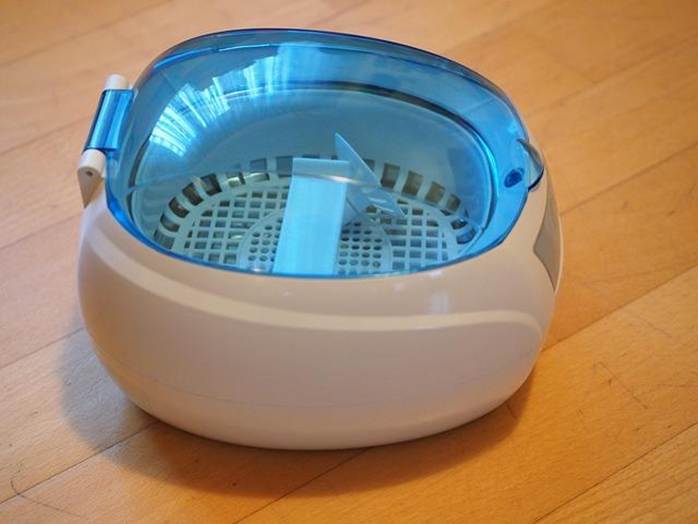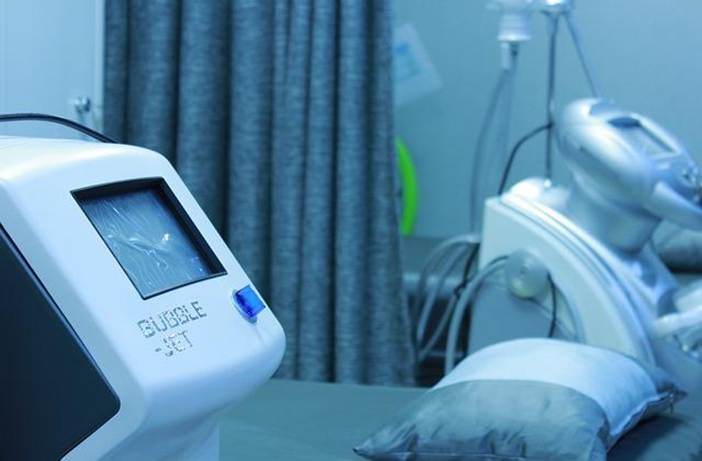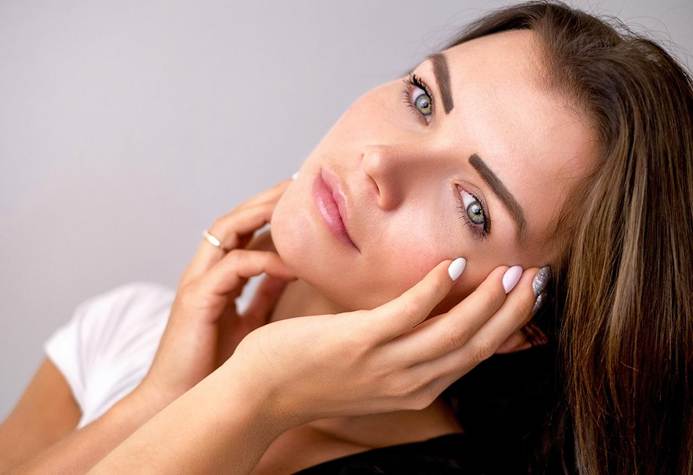How HIFU Tightens Skin Without Surgery – A Step-by-Step Guide
Loose and sagging skin is not only a dermatological eyesore. It can adversely impact your self-esteem and mental health, too. And while it is a common phenomenon among the elderly or those who have recently experienced significant weight loss, anyone can suffer from sagging skin despite their age or medical condition.
Thankfully, loose skin is treatable. One effective way to manage the issue is by using HIFU therapy.
Here’s a guide on how HIFU can tighten your skin and restore its youthful radiance.
Unveiling HIFU
High-intensity focused Ultrasound, more commonly abbreviated as HIFU, is a noninvasive medical procedure that utilizes high-frequency ultrasound energy to generate focused heat waves used to treat various conditions.
HIFU treatment is commonly used in cosmetic dermatology to tighten loose and sagging skin around the face and neck. However, the therapy may also be administered to manage tumors (including malignant ones), treat uterine fibroids, and redefine certain features like the jawline.
Exploring HIFU’s Skin Care Benefits
In cosmetic skincare, HIFU treatments are widely administered for skin tightening and lifting. The procedure can firm up sagging skin and lift drooping eyebrows.
According to the American Board of Cosmetic Surgery, HIFU and similar noninvasive cosmetic procedures may also smooth out facial wrinkles. Other noteworthy skincare applications include reducing jowls and tightening the chest skin.

Photo Credit: Pixabay.com
How Does HIFU Work?
During HIFU treatments, high-frequency ultrasound energy is used to generate heat. The heat is then focused on targeted skin tissues to rejuvenate them.
The entire process can be broken down as follows;
1. Pre-Treatment (Initial Consultation)
Initial consultation is integral to the success of HIFU therapies. It ensures the procedure is customized for your skin type and cosmetic goals.
Before undergoing a HIFU treatment, ensure you discuss the prospect with your dermatologist. The discussions should focus on the potential impact of the therapy on your skin type, helping you to manage your expectations.
2. In-Treatment (Actual Procedure)
On the actual treatment day, your skincare specialist will ask that you prepare your skin adequately before administering HIFU therapy. That essentially entails thoroughly cleaning and rinsing the treatment area.
Next, the skincare technician will observe your skin for layouts or conditions that could impact HIFU’s outcome. Sudden breakouts may lead to a postponement of the procedure.
If everything looks great, the specialist will apply an ultrasound gel on your skin to alleviate discomfort during the procedure. They’ll then use the HIFU device to deliver a focused ultrasound heat energy to targeted areas underneath your skin’s surface.
For safety purposes, the technician will deliver ultrasound energy to the selected areas in short pulses. The idea is to generate enough warmth to tighten the skin without severely destroying the tissues.
3. Post-Treatment (Follow-Up)
HIFU therapies don’t require any downtime. However, follow-up treatments are necessary to achieve sustainable results.
Your skincare specialist will recommend the best number and frequency of treatments, depending on your skin type and long-term cosmetic goals.
What’s The Science Behind HIFU?
High-Intensity Focused Ultrasound delivers heat energy, which warms up the treated tissues to activate collagen production.
Collagen is a protein that constitutes the building blocks of skin tissues. It plays a critical role in skin tightening.
Collagen works alongside elastin – another critical protein whose production is stimulated during HIFU therapies – to plump up the skin by restoring lost elasticity. Collectively, the two compounds provide the skin with strength and structural support, helping it retain its firmness.
One study found that ingesting hydrolyzed collagen for 90 days might help reduce wrinkles and boost skin’s elasticity. Fewer wrinkles translate to a more youthful appearance.
Some findings also indicate that collagen boasts moisture retention properties. The protein can combat chronic skin dryness, rejuvenating dull-looking skin.
Reasons to Consider HIFU for Skin Tightening
HIFU isn’t the only skin-tightening therapy around. Other procedures include radiofrequency (RF) treatments, laser treatments, thread lifts, and microneedling.
So, why consider HIFU instead?
First off, HIFU works. By stimulating collagen and elastin production, HIFU provides more sustainable skin-firming results than alternative procedures. The ability to target precise skin tissues makes the therapy all the more effective.
HIFU is also noninvasive. The treatment induces no worrying adverse effects or downtimes, so you can resume your normal routines immediately.
However, note that HIFU may target sub-epidermal tissues. Therefore, you can expect mild pain and numbness, although these typically wear off within two days.
Lastly, HIFU is remarkably versatile. While commonly used to tighten loose facial skin, you can also administer the procedure on the neck, decollete, and entire body. Besides, HIFU might help to manage certain tumors and treat uterine fibroids.

Photo Credit: Pixabay.com
How to Tell That You Require HIFU Therapy
Does your skin appear visibly loose? If yes, that’s your cue to schedule HIFU therapy.
Loose skin is easy to pinch but doesn’t retract so quickly. It may also appear thin and dry, even if not necessarily dehydrated.
Here are other signs that you need a HIFU treatment;
1. Reduced Elasticity
Like loose skin, inelastic skin is easy to stretch but doesn’t bounce back quickly. Use a pinch test to carefully examine your skin’s elasticity, focusing on the jowl area.
2. Creases and Wrinkles
While synonymous with aging, creases and wrinkles can result from loose skin caused by non-age-related factors. Check for unsightly wrinkling, especially where your skin sags or folds.
3. Sagging Skin
Loose skin may cause certain areas to droop. This is common in places where the skin responds to gravitational pull, such as the face, decollete, and underarms.
4. Undefined Jawline
The jawline can lose its natural contour if the skin underneath the neck becomes loose. If your jawline suddenly becomes asymmetrical or loses its defining features, that’s a valid reason to get a HIFU treatment.
How Long Do HIFU Treatments Last?
A single HIFU session typically lasts 30 – 90 minutes. The actual duration will depend on your skin type and the size of the area to treat.
You can expect noticeable improvements in your skin’s firmness around three months after the first treatment. However, the onset of results will depend on your age, lifestyle, and overall skin health.
As for the duration of results, it may take 12 – 18 months before you require follow-up HIFU treatments.

Photo Credit: Pixabay.com
The Bottom Line
HIFU is a non-invasive skincare procedure that delivers maximum benefits with minimal side effects. Even if adverse events occur, they’re usually mild redness and numbness, which fade away within 48 hours.
Fewer side effects mean low downtime, making HIFU particularly suitable for busy skincare enthusiasts.
For improved outcomes, remember to consult your dermatologist before undergoing HIFU therapy.



